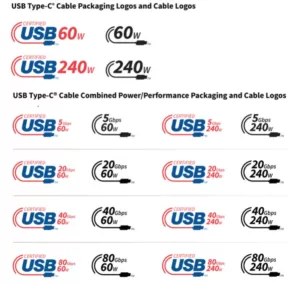
The latest Intel Meteor Lake processors have been highly anticipated by technology enthusiasts, but it seems that they won’t be making their way to desktop computers as many had hoped. Earlier leaks and reports had suggested that the Meteor Lake processors would be available for desktops, but Intel’s recent release plans indicate otherwise.
Last year, leaks about the upcoming Intel processors detailed the presence of the Meteor Lake and Arrow Lake families as desktop processors. However, Intel’s latest plans reveal that the next generation Core for desktop computers will be minimally refreshed Raptor Lake Refresh chips. The revolutionary Meteor Lake processors, built using Foveros technology with stacked tiles, will only be available soldered onto motherboards in laptops.
The launch of the Meteor Lake processors is scheduled for December 14th of this year, but they will only be available in laptops. It is with the 15th generation Core processors, the Arrow Lake family, that chips will be available for both laptops and desktop computers.
There was controversy surrounding the presence of Meteor Lake chips in desktop computers due to their maximum processor core count of 6P 16e, which is lower than other high-performance processors. However, Intel’s slides indicated that the Meteor Lake chips have a thermal power range from 5W to 125W, suggesting that they could potentially be standalone processors for desktop sockets.
Recent statements from Intel representatives initially raised hopes for the availability of Meteor Lake chips for desktop computers in 2024. However, Intel clarified that they were referring to All-in-One desktops or mini-computers that use mobile processors with lower TDPs. This is not the first time Intel has skipped releasing a microarchitecture for desktops, as they did with the Ice Lake and Tiger Lake families.
As for the 125W power reference, it may pertain to the maximum turbo power of a higher-spec model in the H or HX segment. This suggests that Meteor Lake chips in laptops may not be able to sustain their maximum performance during prolonged loads.








